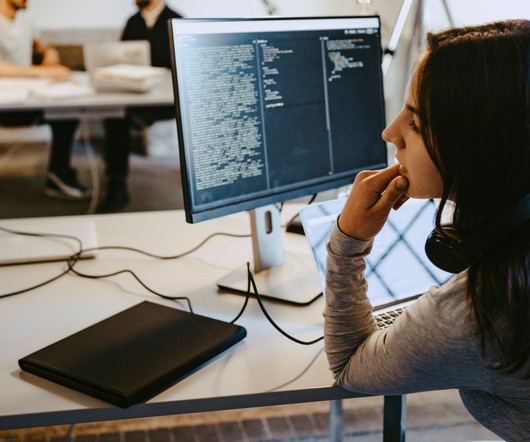Towards optimal experimentation in online systems
The Unofficial Google Data Science Blog
APRIL 23, 2024
To find optimal values of two parameters experimentally, the obvious strategy would be to experiment with and update them in separate, sequential stages. However, if we experiment with both parameters at the same time we will learn something about interactions between these system parameters.














Let's personalize your content